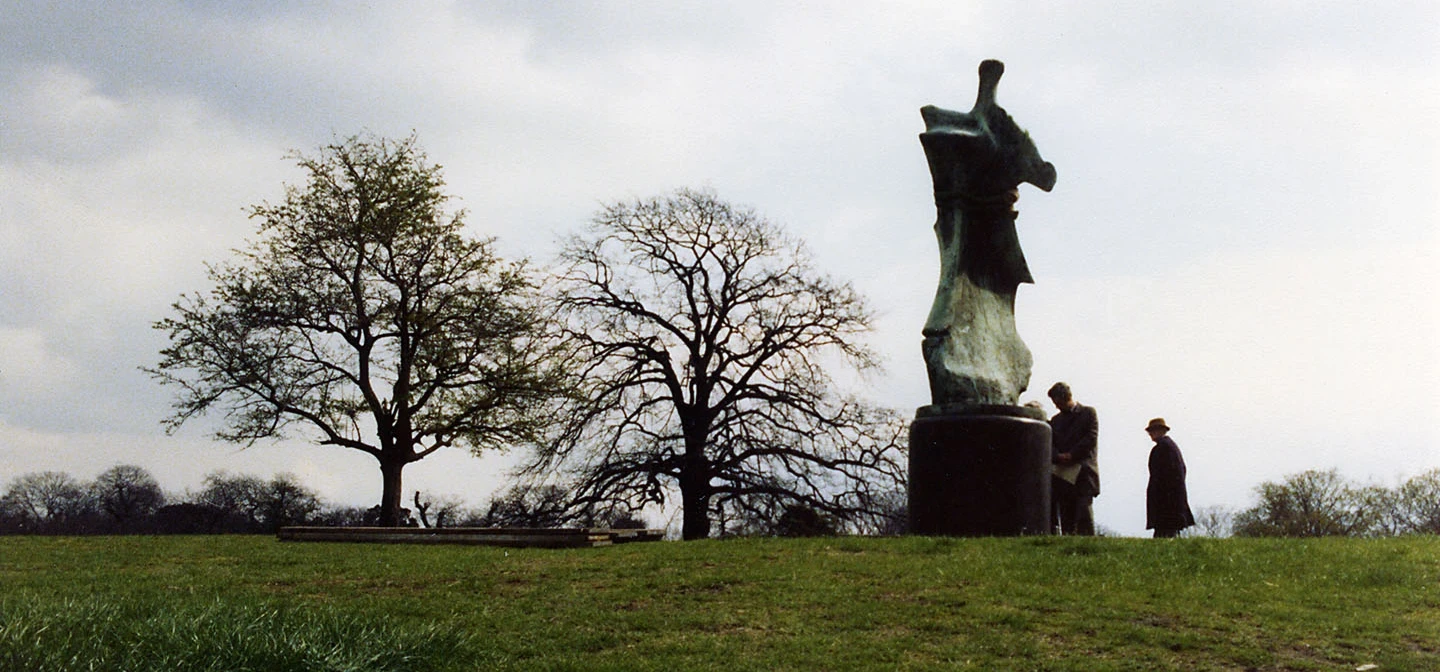
Henry Moore at Greenwich Park
This intriguing bronze sculpture is by Henry Moore OM CH (1898–1986) – the most celebrated British sculptor of the 20th century. Today, his distinctive bronze sculptures are displayed in public spaces around the world. In London, his work can be seen outside the Houses of Parliament as well as Kensington Gardens and Greenwich Park.
Moore had a deep appreciation for the history and landscape of Greenwich Park and selected this location to display one of his famous sculptures. The work he chose for this spot is called Large Standing Figure: Knife Edge. The piece dates from 1961, but the version in Greenwich Park was cast in 1976.
How did the sculpture end up in Greenwich Park?
Following the government’s suggestion that one of the sculptor’s works should be displayed here, Henry Moore came to Greenwich Park himself to pick the perfect spot. It was April 1978, and despite the onset of a snowstorm, he was driven all around the park to view possible sites.
He was accompanied by the gardeners and a group of officials, one of whom later reported:
‘Mr. Moore declared himself fascinated by many of the contorted trunks of the trees dating from the original, formal layout in the 1660s, and which he felt surpassed in form anything a mere sculpture could achieve.’
All in attendance unanimously decided that the brow of a hill with a view over the city was the perfect location for one of the sculptor’s works. The official reported that the site ‘thrilled’ Moore ‘very much’.
| Did you know? There are several other ‘casts’, or copies, of Standing Figure: Knife Edge on display around the world. Some are smaller than this, but identical works can be found in Japan, America, Norway and Switzerland. |
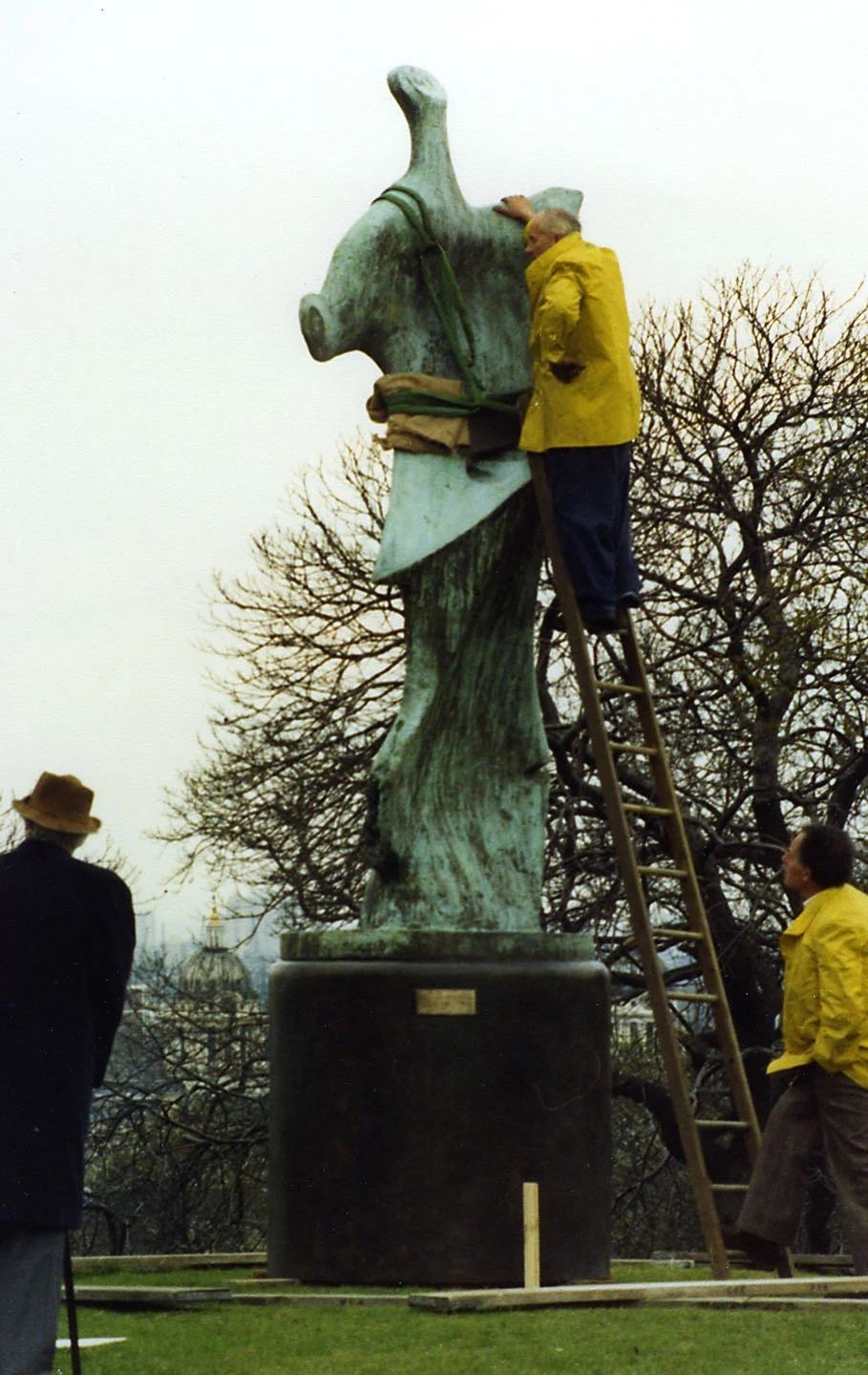
Later that year, in October, Moore decided which work he wanted to display in the park – Standing Figure: Knife Edge. He undertook to have a special version of the statue made. Like many sculptors, Moore used moulds to create multiple ‘casts’ or versions of his works.
By April 1979, the sculpture had been cast, and Moore visited the park to try out its mount and decide the exact orientation.
The statue was formally unveiled on the 27 July 1979. Moore’s diary records that he arrived at Blackheath Gate, from which he was escorted down to the ceremony.
When asked about his new sculpture, the 81-year-old Moore quipped to a journalist: ‘It looks alright, doesn’t it?’ He also described the park as one of the ‘great urban settings’.
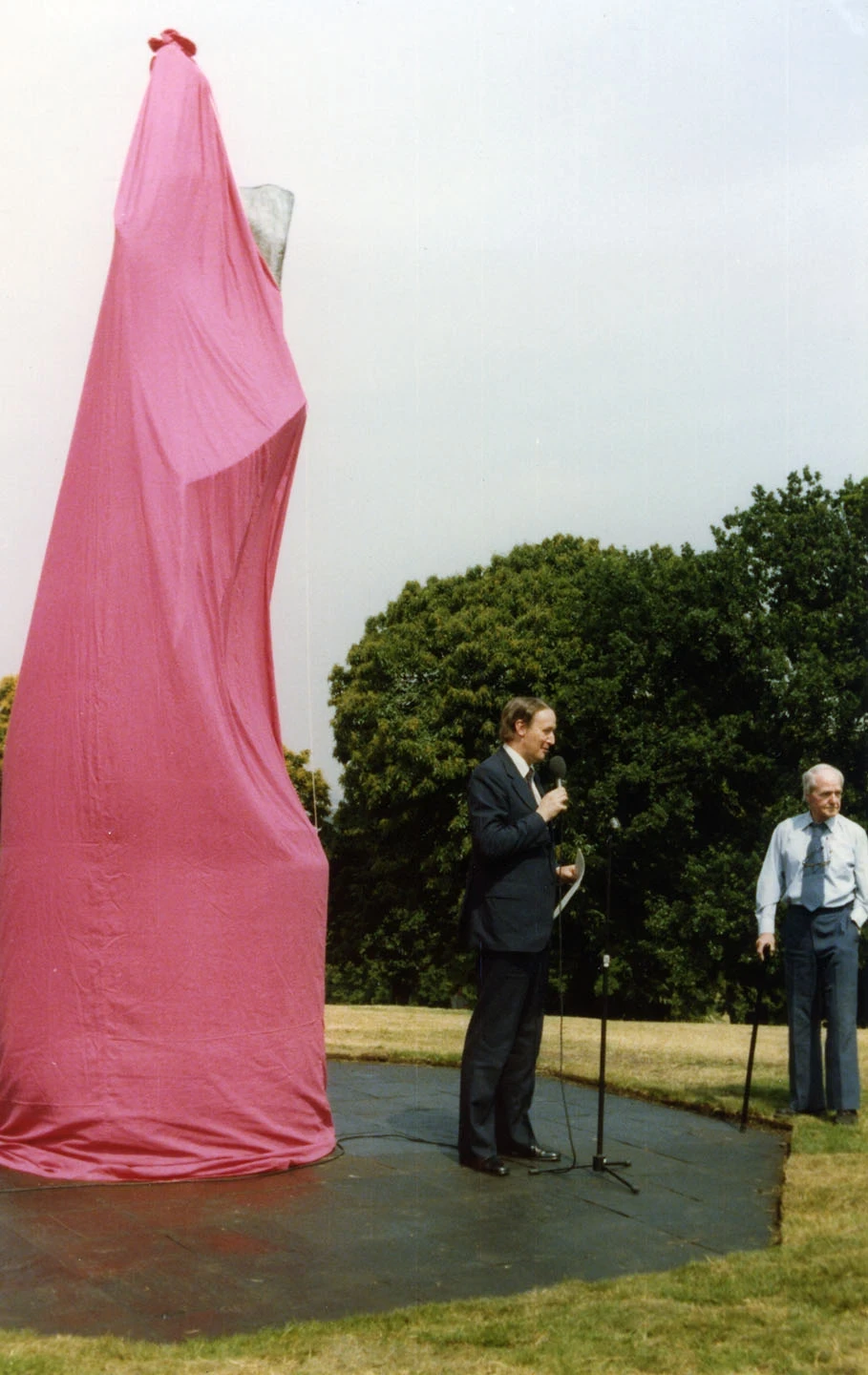
How was this sculpture made?
The shape of this sculpture evolved from an unlikely source – a piece of sheep bone. Explaining his fondness for the sinuous shapes of animal bone, Henry Moore said:
Since my student days I have liked the shape of bones, and have drawn them, studied them in the Natural History Museum, found them on sea-shores, and saved them out of the stewpot.
There are many structural and sculptural principles to be learnt from bones, [for example] that in spite of their lightness they have great strength. Some bones, such as the breastbones of birds, have the lightweight fineness of a knife-blade.
It was this idea of a bone’s ‘knife blade’ that inspired the form – and name – of this sculpture. Moore built up the knife-like piece of sheep’s bone with plasticine, creating a shape that was, in part, inspired by winged sculptures from ancient Greece. He said:
… the top half of the figure bends backwards, is angled towards the sky, opens itself to the light in a rising upward movement – and this may be why, at one time, I called it Winged Figure.
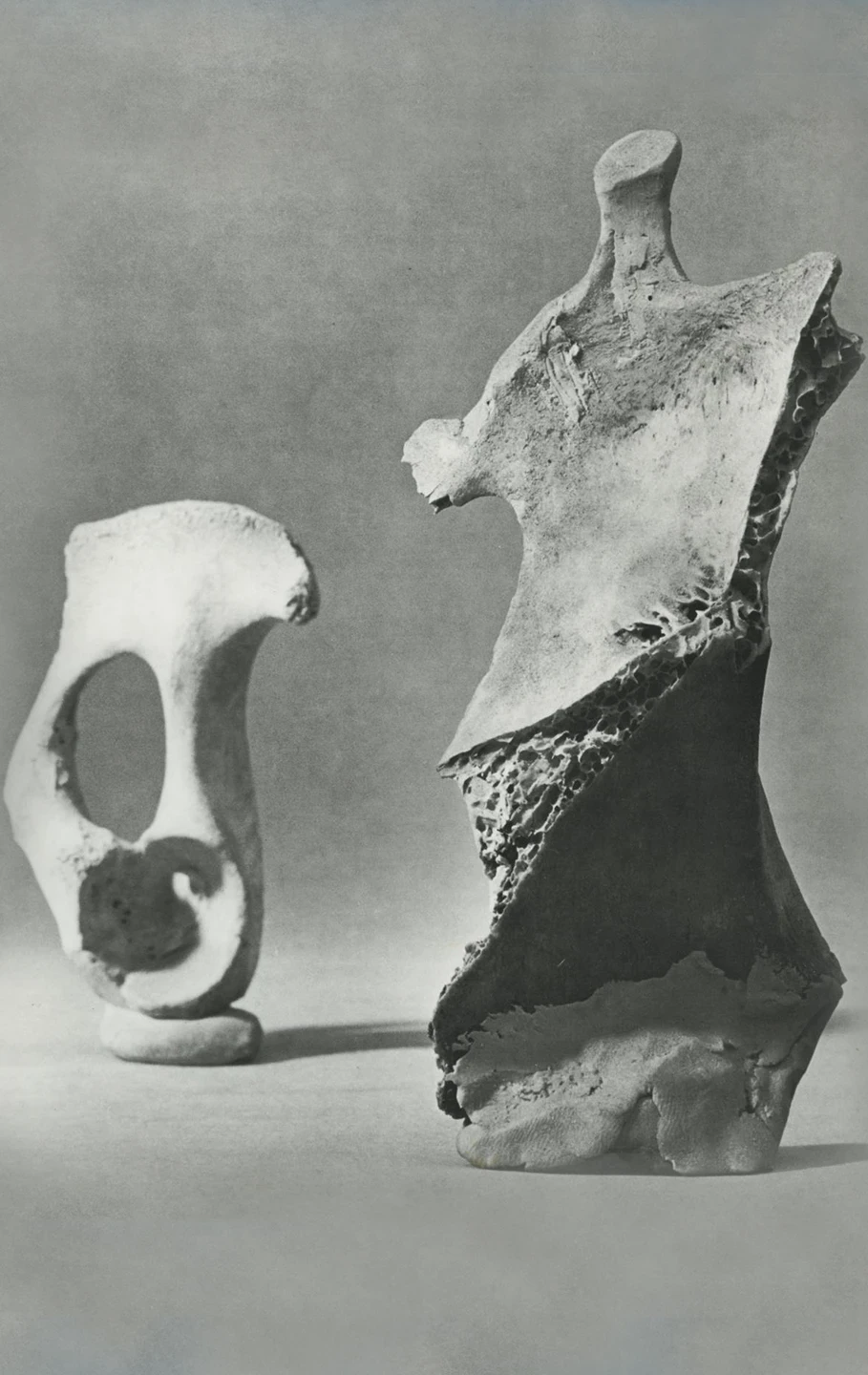
In a sculptor’s work, all sorts of past experiences and influences are fused and used – and somewhere in this work there is a connection with the so-called Victory of Samothrace in the Louvre – and I would like to think that others see something Greek in this Standing Figure.
Once Moore had created the final shape of his sculpture, it was enlarged and cast in bronze. He explained that the work comes alive as you walk around it:
Sculpture has some disadvantages compared with painting, but it can have one great advantage over painting – that it can be looked at from all round; and if this attitude is used and fully exploited, then it can give to sculpture a continual, changing, never-ending surprise and interest.
In walking round this sculpture the width and flatness from the front gradually change through the three-quarter views into the thin sharp edges of the side views, and then back again to the width seen from the back.
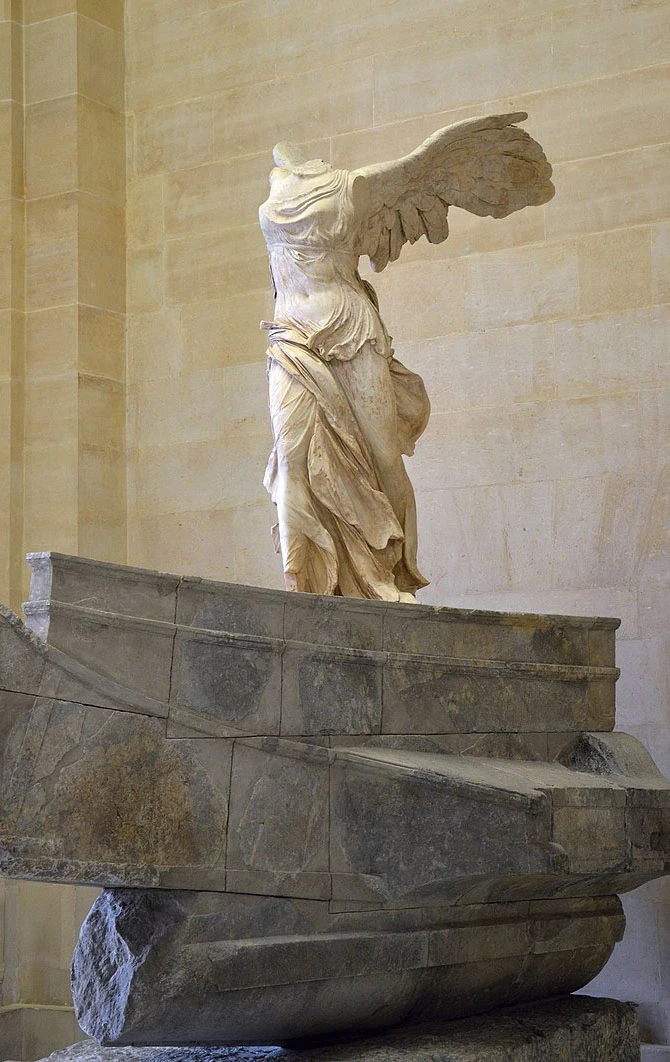
Who was Henry Moore?
Henry Moore is best remembered for his monumental bronze sculptures inspired by the human body and shapes found in nature. But over the course of his long career, he also created carvings, drawings prints, and textiles.
Born in Yorkshire in 1898, Moore trained as a teacher before serving as a soldier in the First World War. On returning home, he decided to go to art school – first in Leeds and then in London.
Moore soon focused on sculpture, quickly earning a reputation for his exciting, experimental style. During the Second World War, he produced a well-known series of sketches depicting Londoners sheltering underground during the Blitz.
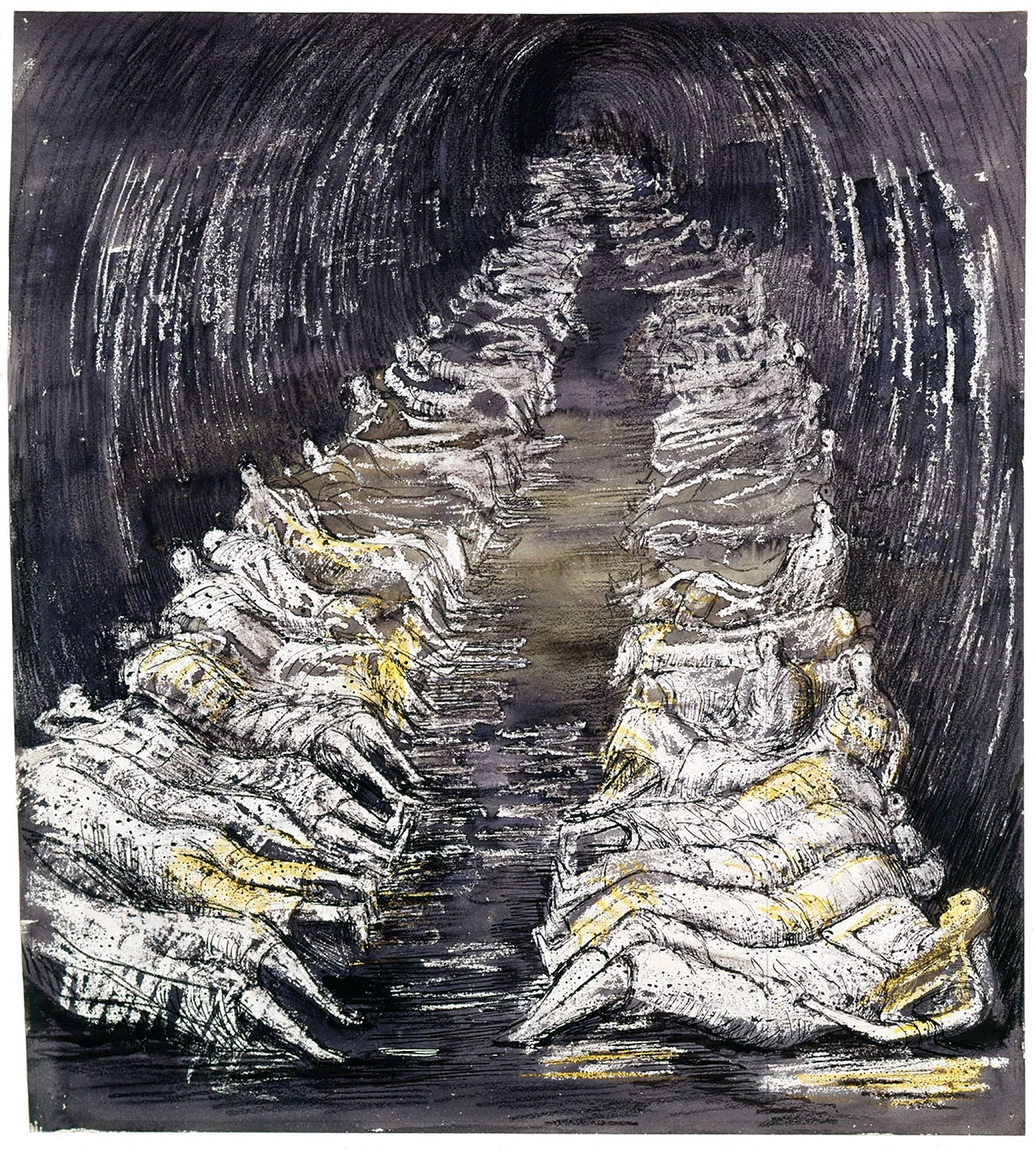
After the war, Moore returned to sculpture and received many commissions in a Britain rebuilding itself after years of conflict. His work was exhibited in exhibitions and competitions around the world, earning him international acclaim.
The artist was a generous man who set up the Henry Moore Foundation to promote opportunities for everyone to enjoy the arts. He presented many of his works to the public for display in parks and gardens – one of the best-known examples, Knife Edge Two Piece, sits prominently outside the Houses of Parliament.
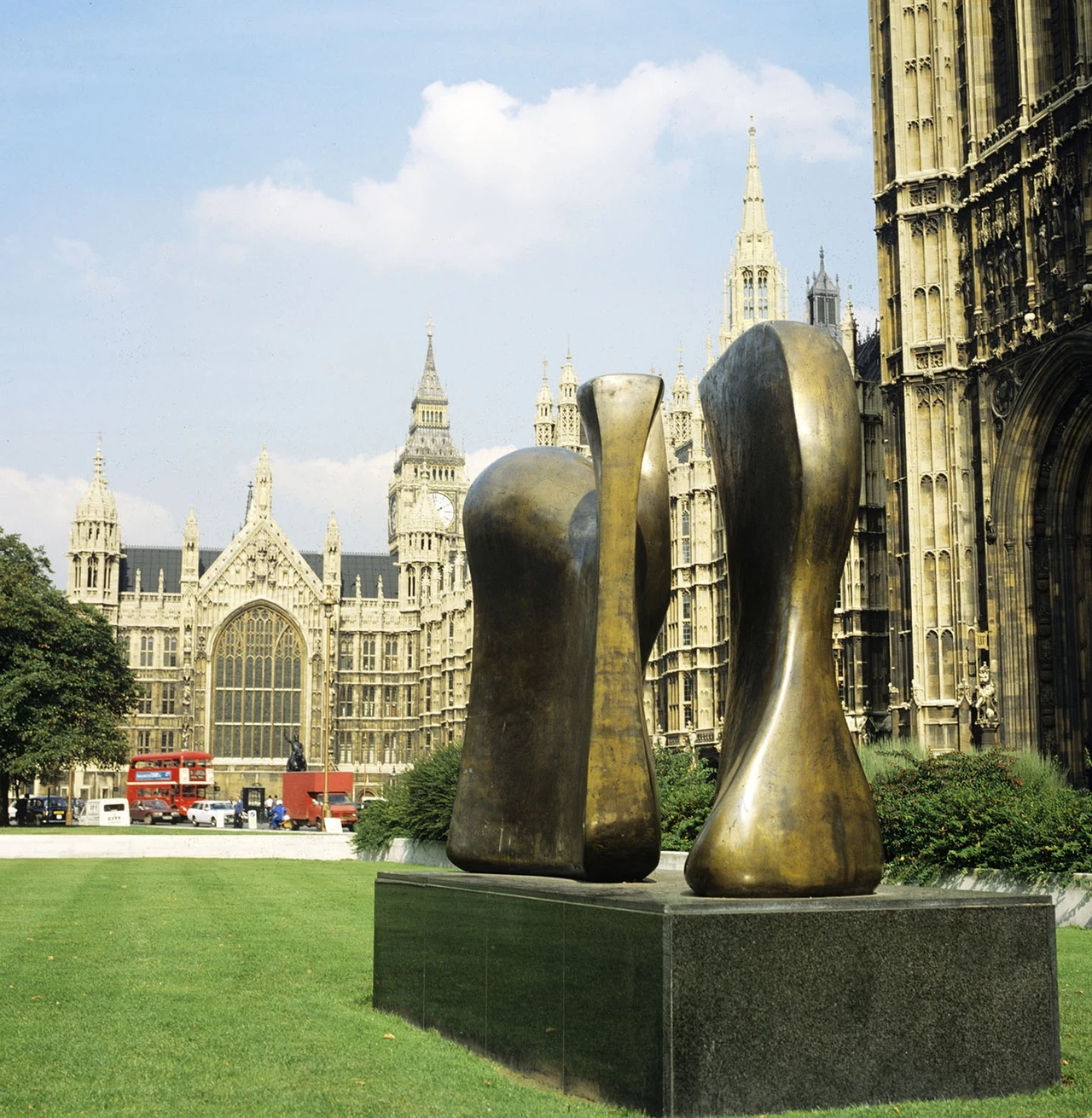
Moore died at home in Hertfordshire in 1986. Every year, thousands visit this home in Perry Green to view the artist’s workshop and enjoy the gardens and surrounding fields, now filled with his sculptures.
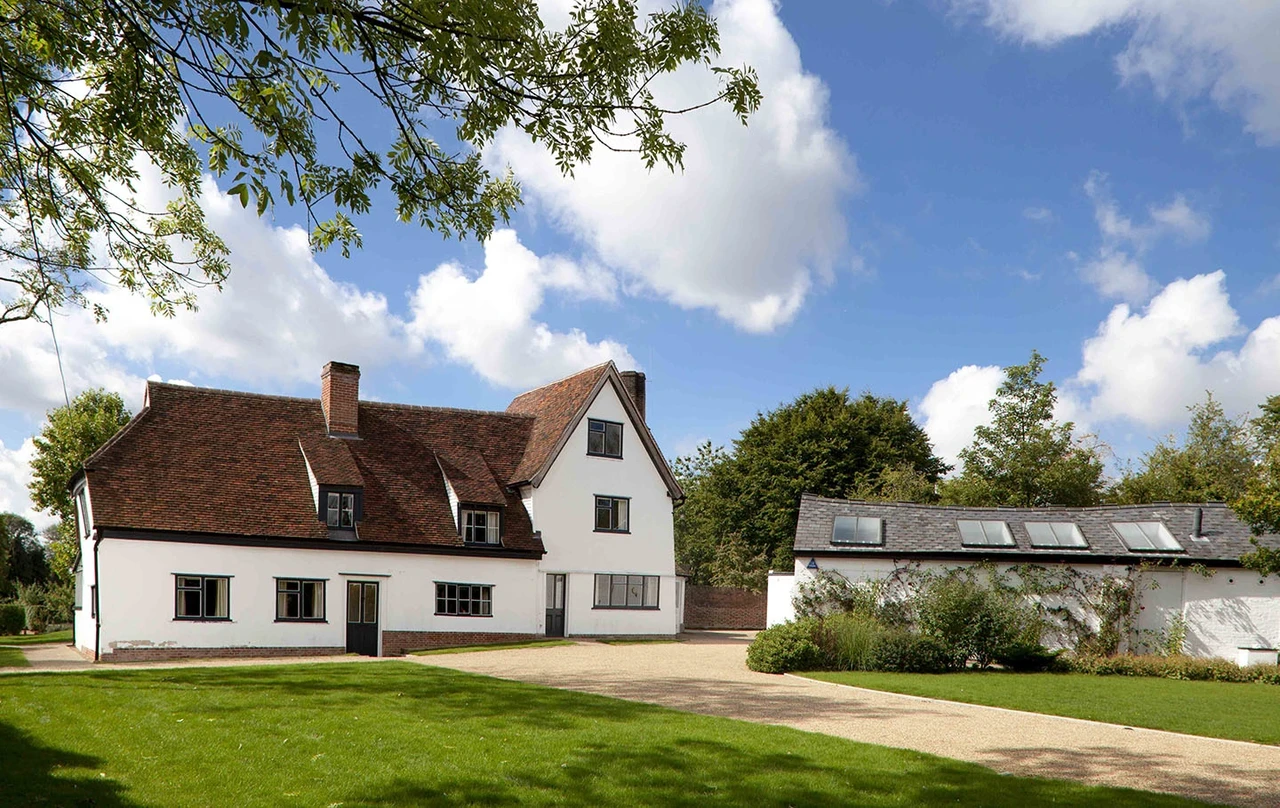
Related Articles
-
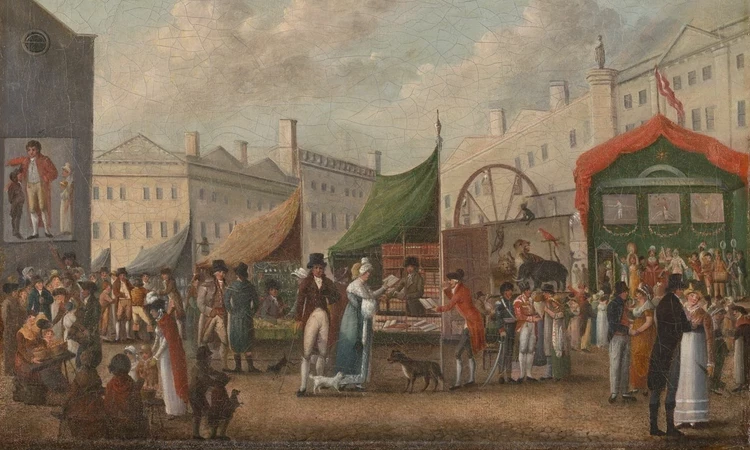 Read
ReadCharles Dickens at Greenwich Fair
Over the centuries, many famous writers have found inspiration at Greenwich Park. Perhaps the most celebrated is Charles Dickens (1812-1870).
-
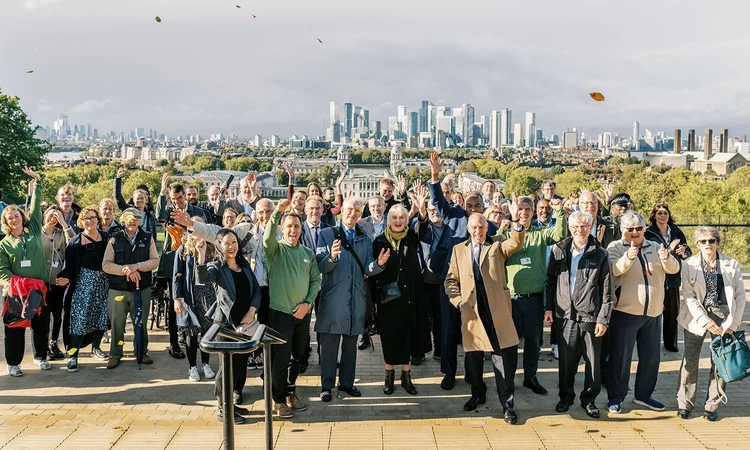 Read
ReadThen and now: celebrating Greenwich Park Revealed
Check out our gallery of then and now photos to see the how Greenwich Park Revealed has restored the park's unique 17th-century landscape.
-
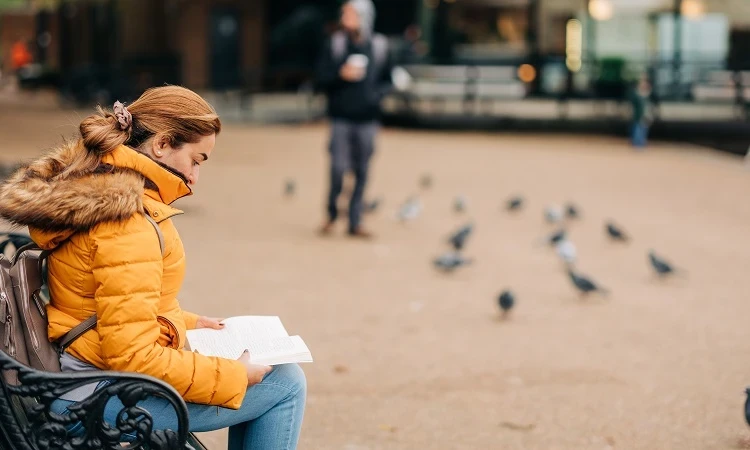 Read
ReadThe Royal Parks in Literature
From Samuel Pepys to J.M. Barrie, discover the classic authors whose connections to London’s Royal Parks inspired and featured in their stories